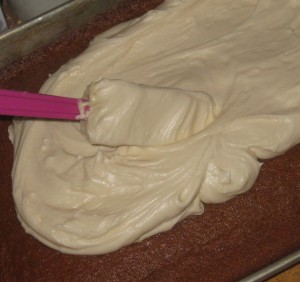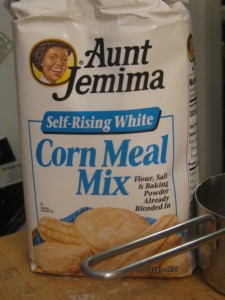 One of my cooking joys is turning someone who claims to not like a particular food. Shannon is probably the most frequent victim/beneficiary of this pleasure. I won out against her resistance to dark greens like kale and mustards, and I have recently joined the campaign for the honor of the sweet potato.
One of my cooking joys is turning someone who claims to not like a particular food. Shannon is probably the most frequent victim/beneficiary of this pleasure. I won out against her resistance to dark greens like kale and mustards, and I have recently joined the campaign for the honor of the sweet potato.
The sweet potato (Ipomoea batatas) is a member of the botanical family Convolvulaceae that is, I was kinda surprised to learn, commonly known as the Morning Glory Family. Yep, sweet potatoes are close cousins of Morning Glory flowers. They’re the only commonly eaten plant of the 1,000 Convolvulaceae species.
And they’re worth eating. The Center for Science in the Public Interest, a D.C. non-prof that advocates for nutritional awareness, found in its ’92 study of vegetables that the sweet potato is the most nutritious vegetable. Ever. I know, that seems crazy, it reminds us of a pumpkin or the third substitution option after curly fries, but it’s true. Given its fiber, complex carbs, beta-carotene, protein, vitamins C and A, potassium, iron, etcetera, etcetera, etcetera, et al, it scored in the Center’s test a numeric value of 184. The second most healthy vegetable, the humble regular potato, scored only 100 points.
So we’re going to be eating some sweet potatoes in the Leahey home.
And you know I had to come up with some novel ways to prepare them.
First Move: The Peel & The Cut – Keep the skins. A lot of the nutritional value is stored Continue reading











